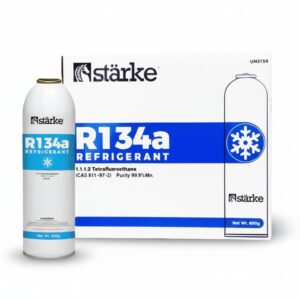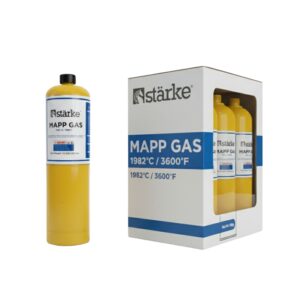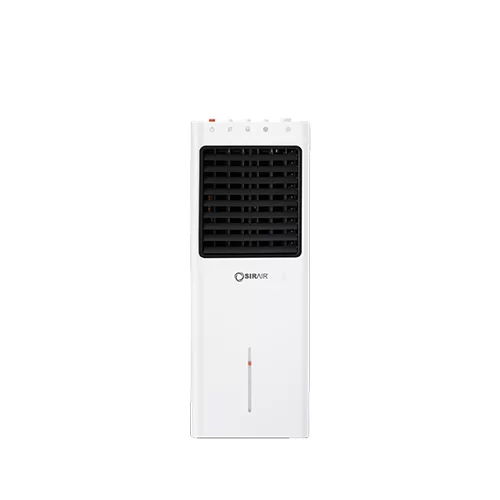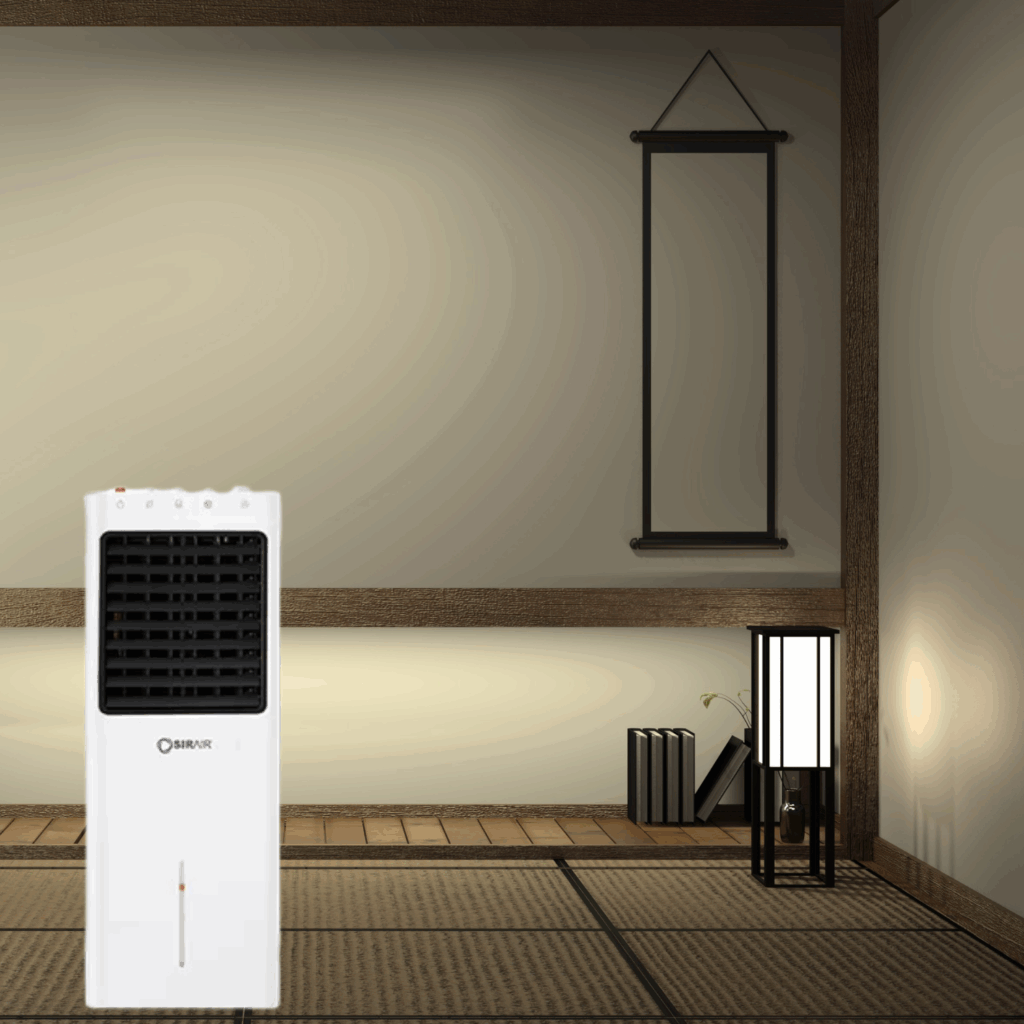Subtotal: R15264,00


 Refrigerant Gas | R134a – 800g for Refrigerator, Vehicle Automotive AC | Starke - 1
50 × R180,00
Refrigerant Gas | R134a – 800g for Refrigerator, Vehicle Automotive AC | Starke - 1
50 × R180,00  453.6g, Starke Mapp Gas Can (16.0Oz) - 12
4 × R1566,00
453.6g, Starke Mapp Gas Can (16.0Oz) - 12
4 × R1566,00 Subtotal: R15264,00
Air coolers use natural evaporative cooling to deliver a refreshing breeze indoors or outdoors. Ideal for dry climates, they’re energy-efficient, eco-friendly, and cost-effective.

Efficient, Natural Cooling
Engineered for comfort without heavy energy use, air coolers use the natural process of evaporation to reduce heat and create a pleasant atmosphere.
Why Choose an Air Cooler?
Eco-friendly cooling without refrigerants.
Lower running costs than AC units.
Durable design with a lifespan of 15–20 year

Long-lasting performance with basic cleaning and maintenance.

Get in Touch:
Have questions or need further assistance? Our team is here to help. Reach out to us today!
For inquiries or support, please contact us at 011 315 1246 or visit our contact us page if you are unsure on what to do.